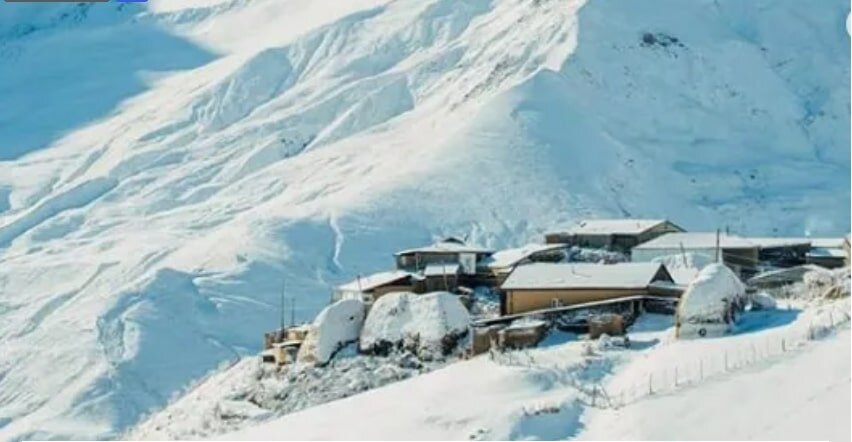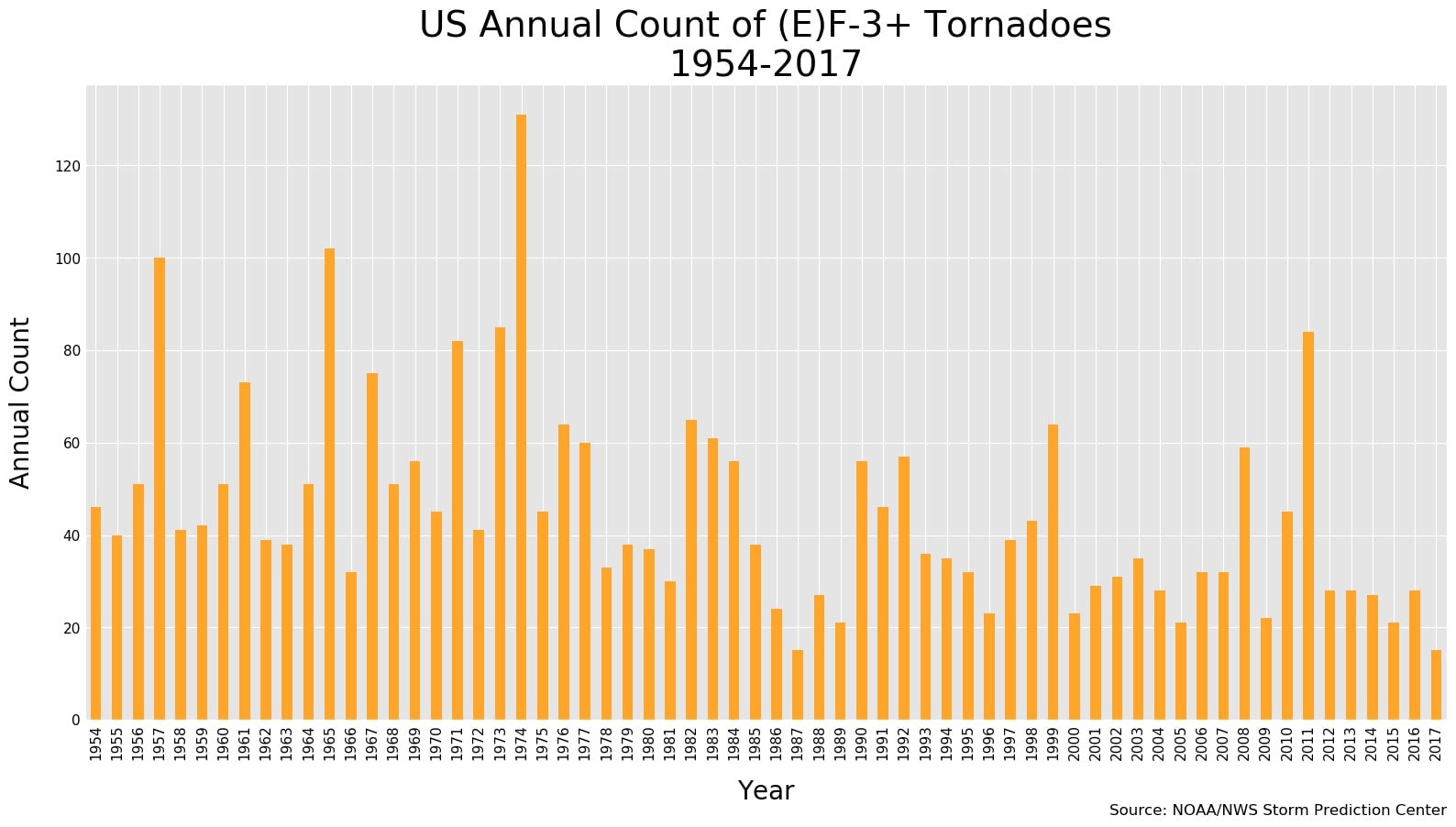Evidence Mounting for Global Cooling Ahead: Record Snowfalls, Less Greenland Ice Loss
/Despite the ongoing drumbeat of apocalyptic proclamations about our warming climate, a close look at recent evidence suggests we’re on the threshold of a cooling spell. Even before the northern 2020-21 winter arrives, early-season snowfall records are tumbling all over North America and Europe. And, while Greenland has been losing ice for decades, the rate of loss has slowed dramatically since 2016.
Could all this be a prelude to the upcoming grand solar minimum?
Snow extent in the Northern Hemisphere fall has in fact been increasing yearly since at least the 1960s, as shown in the figure below depicting the fall monthly average snowfall measured by satellite, up to 2019. The trend is the same for Eurasia as it is for North America.
But the 2020 fall extent is likely to surpass that of any previous year, based on data from the Finnish Meteorological Institute for Northern Hemisphere snow mass (as opposed to extent) to date. As seen in the next figure, the snow mass this season is already tracking above the average for 1982-2012; the mass is measured in billions of tonnes (gigatonnes, where 1 tonne = 1.102 U.S. tons).
In the U.S., much of the white powder blanketing the northern states prematurely in 2020 has fallen in Minnesota. The state recently experienced its largest early-season snowstorm in recorded history, going back about 140 years. Dropping up to 23 cm (9 inches) of snow in some places, which is a lot for the fall, the storm produced the second biggest October snowfall ever in the state. The cities of Alexandria and St. Cloud, Minnesota saw their snowiest October on record.
And snow records were also smashed in towns and cities across Montana and South Dakota. All of this has been accompanied by misery in the form of bitterly cold temperatures across the U.S. and Canada.
In Europe, skiing and sledding enthusiasts are delighted with the early onset of a snowpack deeper than 80 cm (3 feet) on some Austrian glaciers. Both the Alps and Pyrenees had several heavy early-season snowfalls in October, and even parts of lower-altitude Scandinavia are already buried in snow.
As for ice, much recent attention has been focused on the Greenland ice sheet. A research paper published in the journal Nature in October 2020 set alarm bells ringing by insisting that Greenland’s ice is now melting faster than at any time in the past 12,000 years. This spurious claim seems to have been influenced by a big jump in the rate of ice loss, from an average 75 gigatonnes (83 gigatons) yearly in the 20th century to an average annual loss of 258 gigatonnes (284 gigatons) between 2002 and 2016; a greater-than-average loss of 329 gigatonnes (363 gigatons) occurred in 2019.
However, the paper’s authors failed to note that the rate of Greenland ice loss has not increased since 2002, or that the 2019 loss was less than seen seven years before, in 2012. In fact, as illustrated in the figure below, the loss rate has drastically slowed since 2016. The figure shows satellite measurements of the ice loss at regular intervals from April 2002 to April 2019, in gigatonnes, but doesn’t include the massive summer melt in 2019. The 2020 loss was only 152 gigatonnes (168 gigatons).
Although a hefty amount of ice is normally lost during the short Greenland summer, some of this ice loss is compensated by ice gained over the long winter from the accumulation of compacted snow. The ice sheet, 2-3 km (6,600-9,800 feet) thick, consists of layers of compressed snow built up over at least hundreds of thousands of years. In addition to summer melting, the sheet loses ice by calving of icebergs at its edges.
The slowdown in ice loss since 2016 is a clear sign that the doomsday talk and panic engendered by the Nature paper is unwarranted. And, not only is Greenland losing less ice, and snowfall in the Northern Hemisphere setting new records, but this year’s winter in the Southern Hemisphere was also exceptionally snowy and brutal – all likely harbingers of the soon-to-arrive grand solar minimum.
Next: No Evidence for Dramatic Loss of Great Barrier Reef Corals









































